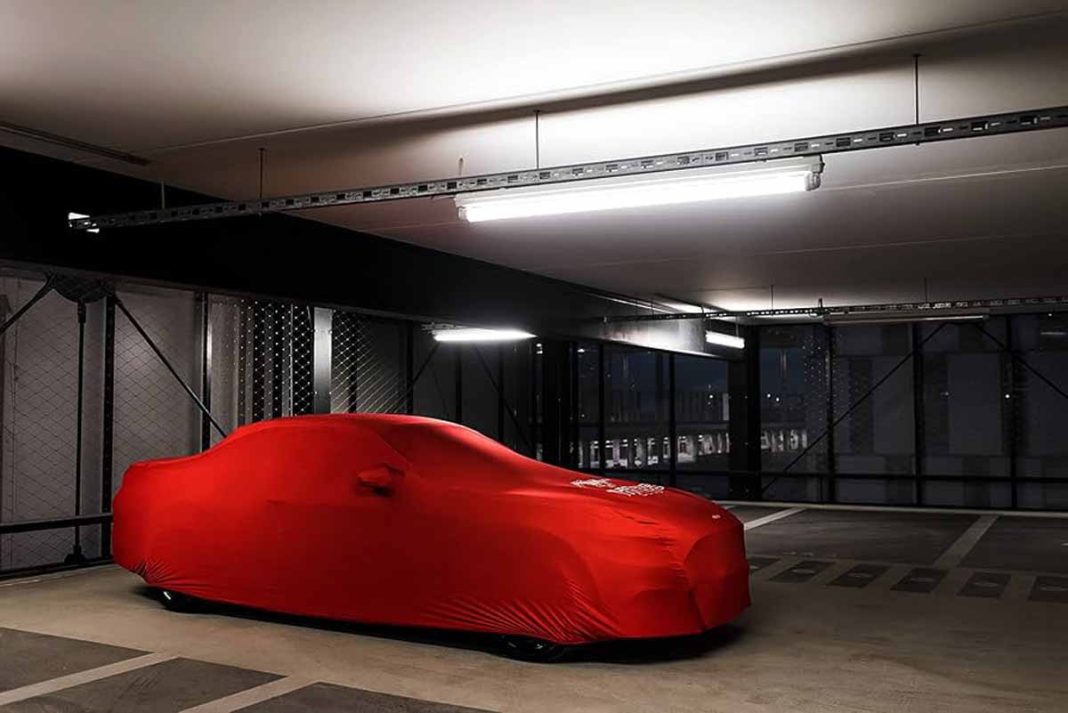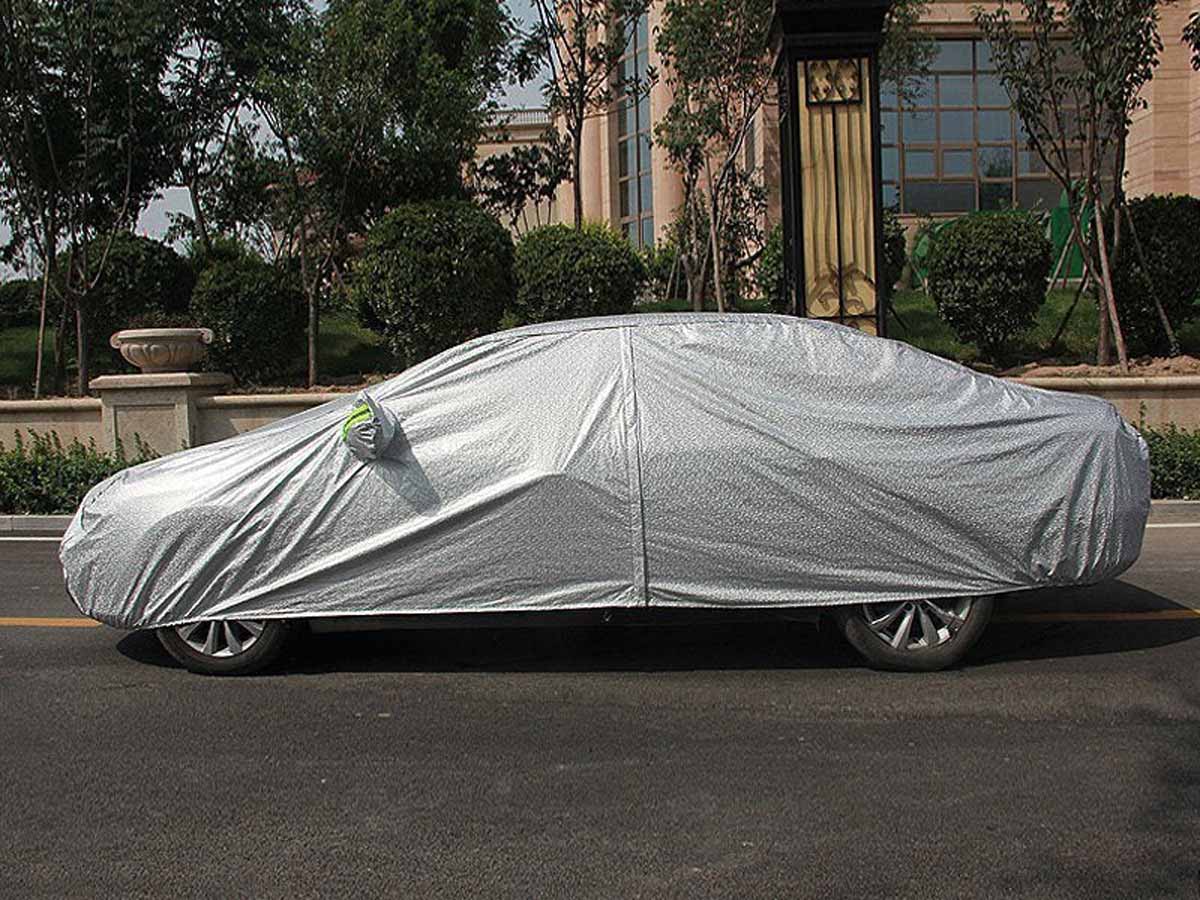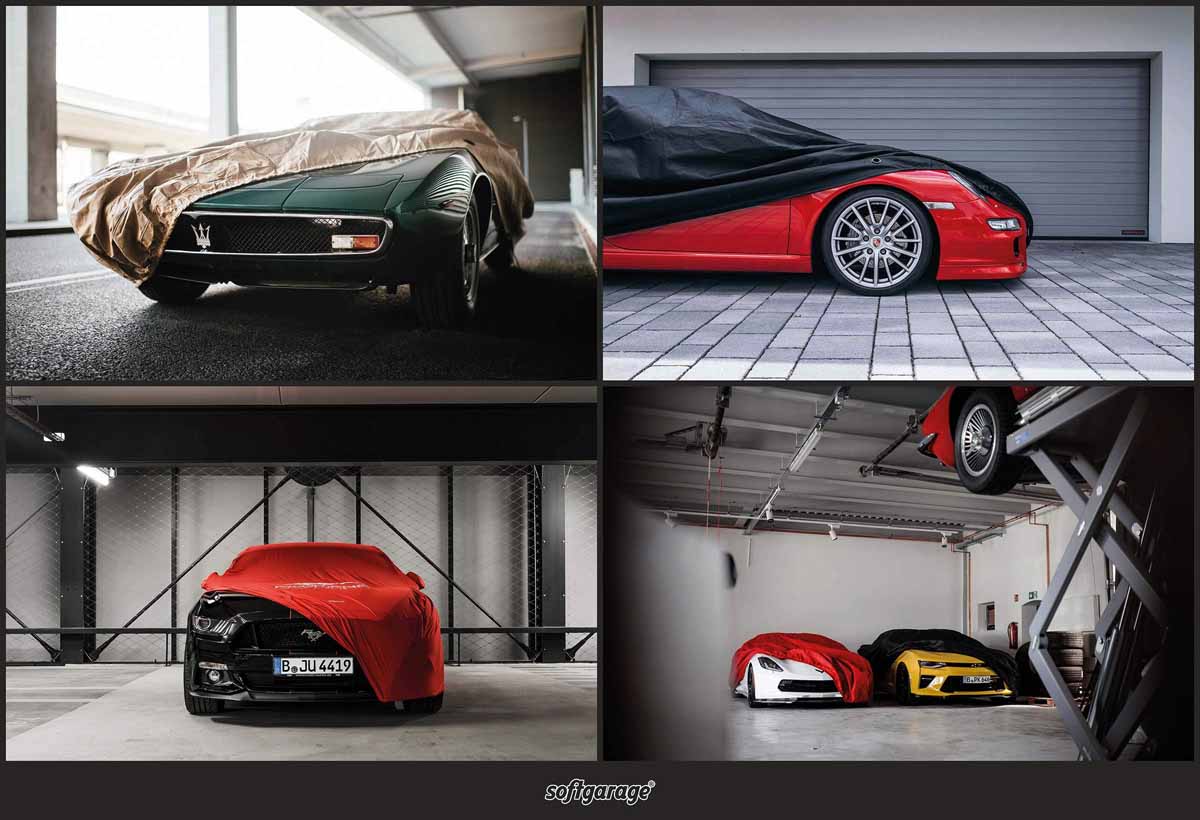In today’s fast-paced world, our vehicles serve not just as modes of transport but as valuable assets.
Whether you’re a car enthusiast or someone who relies on their vehicle for daily commutes, ensuring its safety during transport and storage is paramount.
Protecting your vehicle from the elements and potential damages can save you both time and money.
In this post, we’ll explore various protective coverings available, their benefits, and why they’re essential for maintaining your vehicle’s value and condition.
The Importance of Vehicle Protection
Vehicles are susceptible to a variety of environmental factors and potential hazards that can lead to damage or deterioration.
Sun exposure, dust, moisture, and even accidental bumps and scratches can affect the vehicle’s appearance and functionality. Additionally, if your vehicle is being transported over long distances or stored for extended periods, the risks of damage increase.
By investing in the right protective coverings, you can prevent these issues and maintain your vehicle’s pristine condition.
 Understanding Different Types of Protective Coverings
Understanding Different Types of Protective Coverings
There are several types of protective coverings designed specifically for vehicles. Each type serves a distinct purpose, and selecting the right one depends on your needs and circumstances.
Common protective coverings include car covers, paint protection films, and windshield protectors. Understanding the differences among these options can help you make informed decisions to safeguard your vehicle effectively.
Car Covers
Car covers are versatile and can be used both indoors and outdoors. They protect vehicles from dust, dirt, and minor scratches, and they often come with special features such as UV resistance and waterproofing.
For those storing their vehicles in garages or outdoors, car covers offer a convenient solution to keep the car clean and safe from the weather.
Paint Protection Films
Car paint protection film is a clear, durable film applied to a vehicle’s exterior to guard against chips, scratches, and environmental damage.
This film is particularly useful for those who frequently drive in areas with loose gravel or heavy traffic. It provides a barrier against debris and maintains the vehicle’s paint job, ensuring it looks new for longer.
Windshield Protectors
Windshield protectors are specially designed to shield your vehicle’s glass from cracks and chips caused by flying debris.
They are especially beneficial for those who travel on highways or through areas with frequent construction. A strong windshield protector can prevent costly replacements or repairs.
Benefits of Using Protective Coverings
The advantages of using protective coverings extend beyond mere aesthetics. These coverings play a crucial role in preserving the vehicle’s value, enhancing its longevity, and reducing maintenance costs.
By preventing damage, protective coverings can extend the life of your car’s paint and bodywork, making it more appealing if you decide to sell it in the future.
Cost Savings in the Long Run
Investing in protective coverings may seem like an added expense at first, but it can lead to significant savings in the long run.
Protecting your vehicle from damage reduces the need for expensive repairs and touch-ups, which can add up over time. Furthermore, a well-maintained vehicle often commands a higher resale value.
Peace of Mind for Vehicle Owners
Knowing that your vehicle is protected from the elements and potential hazards offers peace of mind. Whether you’re parking in a public lot or storing it for months, protective coverings ensure your vehicle remains safe and secure.
This peace of mind is invaluable, especially for those who have invested significantly in their cars.
Environmental Protection
Protective coverings also contribute to environmental protection by reducing the need for chemical cleaning agents and frequent washing.
A clean car cover, for example, minimizes dirt accumulation, while paint protection films prevent the need for constant polishing and repainting.
Choosing the Right Protective Covering
Selecting the appropriate protective covering for your vehicle involves considering factors such as the environment in which it’s stored or driven, the level of protection needed, and your budget. It’s important to assess these factors carefully to make the best choice for your vehicle’s needs.
Environmental Considerations
If your vehicle is regularly exposed to harsh sunlight, rain, or snow, opt for coverings that offer UV and water resistance.
On the other hand, if you store your vehicle indoors, focus on covers that provide dust protection and breathe well to prevent moisture buildup.
Protection Level Required
Consider the level of protection you need based on your driving habits and the environment.
For instance, if you frequently drive through construction zones, a robust windshield protector and paint protection film might be necessary.
Budgetary Constraints
While it’s essential to protect your vehicle, it’s equally important to stay within your budget. Explore different options and prioritize based on the most significant risks your vehicle faces. Sometimes, a combination of different coverings offers the best solution for comprehensive protection.
 Conclusion
Conclusion
In conclusion, using essential protective coverings is a smart investment for vehicle owners who wish to maintain their car’s condition and value over time.
By understanding the various options available and their benefits, you can make informed decisions to keep your vehicle safe during transit and storage.
Consider integrating protective coverings into your regular maintenance routine to enjoy long-term benefits and peace of mind.
For further insights and recommendations, consider reaching out to professionals or communities dedicated to vehicle care and protection.
By doing so, you’ll gain access to valuable tips and expert advice tailored to your specific needs.


 Understanding Different Types of Protective Coverings
Understanding Different Types of Protective Coverings Conclusion
Conclusion